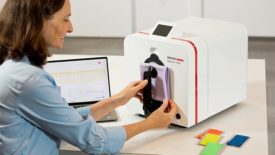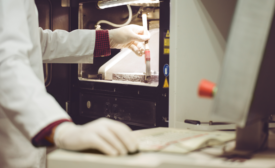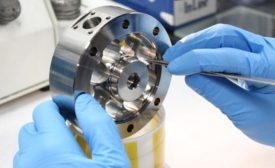Home » Keywords: » product development
Items Tagged with 'product development'
ARTICLES
Measurement
Precise color management is essential to consumer perceptions of product value.
Read More
NDT | Ultrasonics
The Critical Role of Ultrasound in Advance Additive Manufacturing for Industrial Applications
Inspection plays a critical role during all phases of product development and implementation, making UT methods an enabling technology for new AM applications.
October 15, 2021
NDT
Selecting and Using a Force Measurement Device
Everything you need to know.
February 15, 2021
Quality Web Exclusive
Automated Objectivity: Eliminating Quality Testing Subjectivity
April 18, 2019
INDUSTRY HEADLINE
Jenoptik Names Robin Swain as Senior Director of the Silicon Valley Application Center
October 5, 2018
Calibration and Measurement Systems: The Unsung Hero in Quality Efforts
Timely calibration of all measurement devices is critical to manufacturing efforts.
July 1, 2017
Speaking of Quality
Searching for the Next Big Thing
The need for improvement will never go out of style
August 4, 2014
EVENTS
Webinar
3/14/24 to 3/14/25
Contact: Meg K.
The Ride to Excellence: Embracing Digital Twins in Automotive Design, Development & Production
Stay in the know with Quality’s comprehensive coverage of
the manufacturing and metrology industries.
eNewsletter | Website | eMagazine
JOIN TODAY!Copyright ©2024. All Rights Reserved BNP Media.
Design, CMS, Hosting & Web Development :: ePublishing









